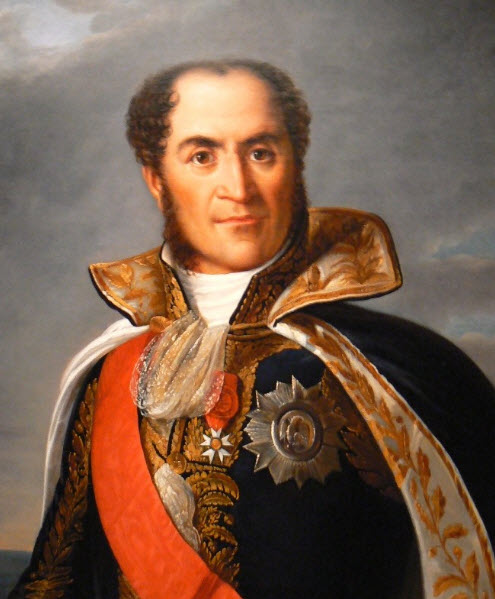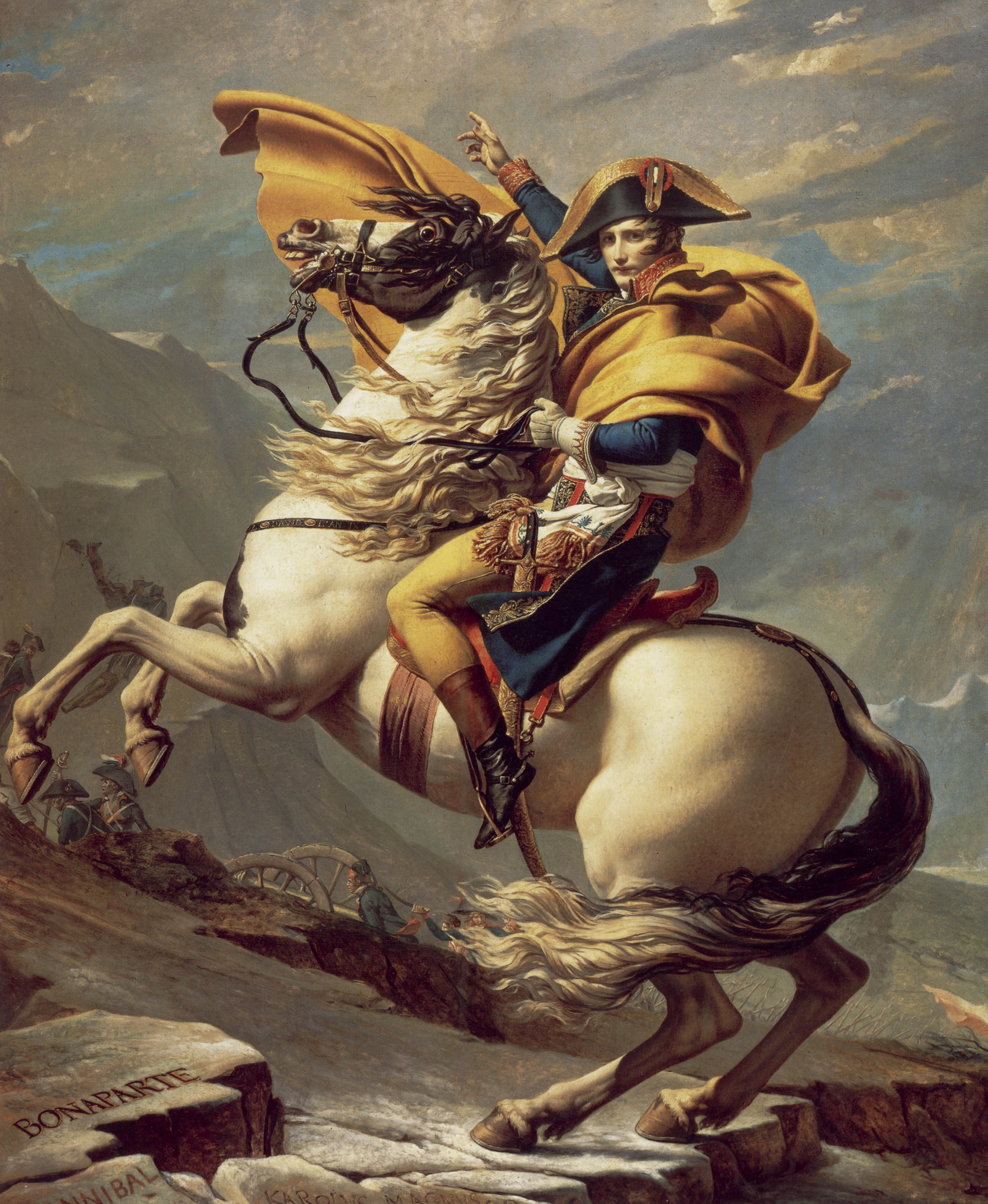|
Giovanni Battista Sommariva
Giovanni or Gian Battista Sommariva (died 6 January 1826, Milan) was an Italian politician of the Cisalpine Republic and a notable arts patron. Born in Milan, he practiced as a lawyer in Lombardy when he was recruited to become secretary general of the directory of the Cisalpine Republic. In 1799, he fled from Milan to France to escape the armies of Alexander Suvorov, Suvorov, but returned after the Battle of Marengo. Volume 5, by Felice Scifoni, Publisher Davide Passagli, Florence (1849); page 131. His notable collection of Neoclassical art is exhibited at the Villa Carlotta in Tremezzo. References Bibliography * Gabriella Tassinari - Incisori in pietre dure e collezionisti a Milano nel primo ottocento: il caso di Anto ...[...More Info...] [...Related Items...] OR: [Wikipedia] [Google] [Baidu] |
Milan
Milan ( , , Lombard: ; it, Milano ) is a city in northern Italy, capital of Lombardy, and the second-most populous city proper in Italy after Rome. The city proper has a population of about 1.4 million, while its metropolitan city has 3.26 million inhabitants. Its continuously built-up urban area (whose outer suburbs extend well beyond the boundaries of the administrative metropolitan city and even stretch into the nearby country of Switzerland) is the fourth largest in the EU with 5.27 million inhabitants. According to national sources, the population within the wider Milan metropolitan area (also known as Greater Milan), is estimated between 8.2 million and 12.5 million making it by far the largest metropolitan area in Italy and one of the largest in the EU.* * * * Milan is considered a leading alpha global city, with strengths in the fields of art, chemicals, commerce, design, education, entertainment, fashion, finance, healthcar ... [...More Info...] [...Related Items...] OR: [Wikipedia] [Google] [Baidu] |
Cisalpine Republic
The Cisalpine Republic ( it, Repubblica Cisalpina) was a sister republic of France in Northern Italy that existed from 1797 to 1799, with a second version until 1802. Creation After the Battle of Lodi in May 1796, Napoleon Bonaparte organized two states: one to the south of the Po, the Cispadane Republic, and one to the north, the Transpadane Republic. On 19 May 1797, Napoleon transferred the territories of the former Duchy of Modena to Transpadania and, on 12 Messidor (29 June), he decreed the birth of the Cisalpine Republic, creating a Directory for the republic and appointing its ministers. France published the constitution of the new republic on 20 Messidor (7 July), establishing the division of the territory into eleven departments: Adda ( Lodi), Alpi Apuane (Massa), Crostolo ( Reggio), Lario (Como), Montagna (Lecco), Olona (Milan), Panaro (Modena), Po (Cremona), Serio (Bergamo), Ticino (Pavia), and Verbano (Varese). The rest of Cispadania was merged into the Cisalpine Re ... [...More Info...] [...Related Items...] OR: [Wikipedia] [Google] [Baidu] |
Alexander Suvorov
Alexander Vasilyevich Suvorov (russian: Алекса́ндр Васи́льевич Суво́ров, Aleksándr Vasíl'yevich Suvórov; or 1730) was a Russian general in service of the Russian Empire. He was Count of Rymnik, Count of the Holy Roman Empire, Prince of the Kingdom of Sardinia, Prince of the Russian Empire and the last Generalissimo of the Russian Empire. Suvorov is considered one of the greatest military commanders in Russian history and one of the great generals of the early modern period. He was awarded numerous medals, titles, and honors by Russia, as well as by other countries. Suvorov secured Russia's expanded borders and renewed military prestige and left a legacy of theories on warfare. He was the author of several military manuals, the most famous being ''The Science of Victory'', and was noted for several of his sayings. He never lost a single battle he commanded. Several military academies, monuments, villages, museums, and orders in Russia are dedicate ... [...More Info...] [...Related Items...] OR: [Wikipedia] [Google] [Baidu] |
Battle Of Marengo
The Battle of Marengo was fought on 14 June 1800 between French forces under the First Consul Napoleon Bonaparte and Austrian forces near the city of Alessandria, in Piedmont, Italy. Near the end of the day, the French overcame General Michael von Melas's surprise attack, drove the Austrians out of Italy and consolidated Bonaparte's political position in Paris as First Consul of France in the wake of his coup d'état the previous November. Surprised by the Austrian advance toward Genoa in mid-April 1800, Bonaparte hastily led his army over the Alps in mid-May and reached Milan on 2 June. After cutting Melas's line of communications by crossing the River Po and defeating ''Feldmarschallleutnant'' (FML) Peter Karl Ott von Bátorkéz at Montebello on 9 June, the French closed in on the Austrian Army, which had massed in Alessandria. Deceived by a local double agent, Bonaparte dispatched large forces to the north and the south, but the Austrians launched a surprise attack o ... [...More Info...] [...Related Items...] OR: [Wikipedia] [Google] [Baidu] |
Villa Carlotta
Villa Carlotta is a villa and botanical garden in Tremezzo on Lake Como in Northern Italy. Today the villa is a museum, whose collection includes works by sculptors such as Antonio Canova, Bertel Thorvaldsen, and Giovanni Migliara; painters such as Francesco Hayez; and furniture pieces of previous owners. The villa, whose architect is unknown, was completed in 1745. History Clerici family The Clerici family rose from rural origins in the northern region of Lake Como to become successful silk merchants due to the efforts of Giorgio (1575-1660) and his sons Pietro Antonio (1599-1675), who was made a Marquis, and Carlo (1615-1677) who became owner of numerous palaces in Milan and Brianza. Carlo's son, the Milanese marquis Giorgio Clerici, became a senator in 1684 was nominated in 1717 to be President of the Senate. In 1690, he decided to establish a country estate on ancestral lakeside land at Tremezzo. The estate was complete in its initial form by 1695, and the garden was first ... [...More Info...] [...Related Items...] OR: [Wikipedia] [Google] [Baidu] |
Tremezzo
Tremezzo is a ''comune'' (or municipality) of some 1,300 people in the Province of Como, in the Italian region Lombardy. It is located on the western shore of Lake Como between Mezzegra to the southwest and Griante to the northeast, and about from Como. Tremezzo, which has an area of , also borders the territory of the following communes: Lenno (south and west of Mezzegra), Menaggio (north of Griante), Grandola ed Uniti (inland from Menaggio) and, on the facing shore of the lake, Bellagio and Lezzeno. As well as the '' capoluogo'' of Tremezzo, the area of the commune includes the ''frazione'' Rogaro, birthplace of the architect Pietro Lingeri. Tremezzo is best known as a tourist resort—it was a favourite of Konrad Adenauer—and for its villas, of which the most famous is the Villa Carlotta Villa Carlotta is a villa and botanical garden in Tremezzo on Lake Como in Northern Italy. Today the villa is a museum, whose collection includes works by sculptors s ... [...More Info...] [...Related Items...] OR: [Wikipedia] [Google] [Baidu] |
Mario Mattei (vescovo)
Mario Mattei (6 September 1792, Pergola, Marche – 7 October 1870) was an Italian Cardinal, of the Roman noble House of Mattei. He became Dean of the College of Cardinals in 1860. Personal life Mario Mattei was born on 6 September 1792 in Pergola, Marche. He was educated at the ''Collegio Ghislieri'', a Roman college, and at the La Sapienza University where he received a doctorate in utroque iure) and later attended the Pontifical Academy of Ecclesiastical Nobles in 1810. Around 1817, he was ordained a priest. Cardinal He was elevated to Cardinal by Pope Gregory XVI in 1832 and was subsequently appointed to the following posts: *1832 – |
1826 Deaths
Eighteen or 18 may refer to: * 18 (number), the natural number following 17 and preceding 19 * one of the years 18 BC, AD 18, 1918, 2018 Film, television and entertainment * ''18'' (film), a 1993 Taiwanese experimental film based on the short story ''God's Dice'' * ''Eighteen'' (film), a 2005 Canadian dramatic feature film * 18 (British Board of Film Classification), a film rating in the United Kingdom, also used in Ireland by the Irish Film Classification Office * 18 (''Dragon Ball''), a character in the ''Dragon Ball'' franchise * "Eighteen", a 2006 episode of the animated television series ''12 oz. Mouse'' Music Albums * ''18'' (Moby album), 2002 * ''18'' (Nana Kitade album), 2005 * '' 18...'', 2009 debut album by G.E.M. Songs * "18" (5 Seconds of Summer song), from their 2014 eponymous debut album * "18" (One Direction song), from their 2014 studio album ''Four'' * "18", by Anarbor from their 2013 studio album '' Burnout'' * "I'm Eighteen", by Alice Cooper commonl ... [...More Info...] [...Related Items...] OR: [Wikipedia] [Google] [Baidu] |
Italian Philanthropists
Italian(s) may refer to: * Anything of, from, or related to the people of Italy over the centuries ** Italians, an ethnic group or simply a citizen of the Italian Republic or Italian Kingdom ** Italian language, a Romance language *** Regional Italian, regional variants of the Italian language ** Languages of Italy, languages and dialects spoken in Italy ** Italian culture, cultural features of Italy ** Italian cuisine, traditional foods ** Folklore of Italy, the folklore and urban legends of Italy ** Mythology of Italy, traditional religion and beliefs Other uses * Italian dressing, a vinaigrette-type salad dressing or marinade * Italian or Italian-A, alternative names for the Ping-Pong virus, an extinct computer virus See also * * * Italia (other) * Italic (other) * Italo (other) * The Italian (other) * Italian people (other) Italian people may refer to: * in terms of ethnicity: all ethnic Italians, in and outside of Italy * in ... [...More Info...] [...Related Items...] OR: [Wikipedia] [Google] [Baidu] |
Italian Politicians
The politics of Italy are conducted through a parliamentary republic with a multi-party system. Italy has been a democratic republic since 2 June 1946, when the monarchy was abolished by popular referendum and a constituent assembly was elected to draft a constitution, which was promulgated on 1 January 1948. Executive power is exercised by the Council of Ministers, which is led by the Prime Minister, officially referred to as "President of the Council" (''Presidente del Consiglio''). Legislative power is vested primarily in the two houses of Parliament and secondarily in the Council of Ministers, which can introduce bills and holds the majority in both houses. The judiciary is independent of the executive and the legislative branches. It is headed by the High Council of the Judiciary, a body presided over by the President, who is the head of state, though this position is separate from all branches. The current president is Sergio Mattarella, and the current prime minister is ... [...More Info...] [...Related Items...] OR: [Wikipedia] [Google] [Baidu] |
18th-century Italian Politicians
The 18th century lasted from January 1, 1701 (Roman numerals, MDCCI) to December 31, 1800 (Roman numerals, MDCCC). During the 18th century, elements of Age of Enlightenment, Enlightenment thinking culminated in the American Revolution, American, French Revolution, French, and Haitian Revolution, Haitian Revolutions. During the century, History of slavery, slave trading and human trafficking expanded across the shores of the Atlantic Ocean, Atlantic, while declining in Russian Empire, Russia, Qing dynasty, China, and Joseon, Korea. Revolutions began to challenge the legitimacy of monarchical and aristocratic power structures, including the structures and beliefs that Proslavery, supported slavery. The Industrial Revolution began during mid-century, leading to radical changes in Society, human society and the Natural environment, environment. Western historians have occasionally defined the 18th century otherwise for the purposes of their work. For example, the "short" 18th cen ... [...More Info...] [...Related Items...] OR: [Wikipedia] [Google] [Baidu] |





.jpg)